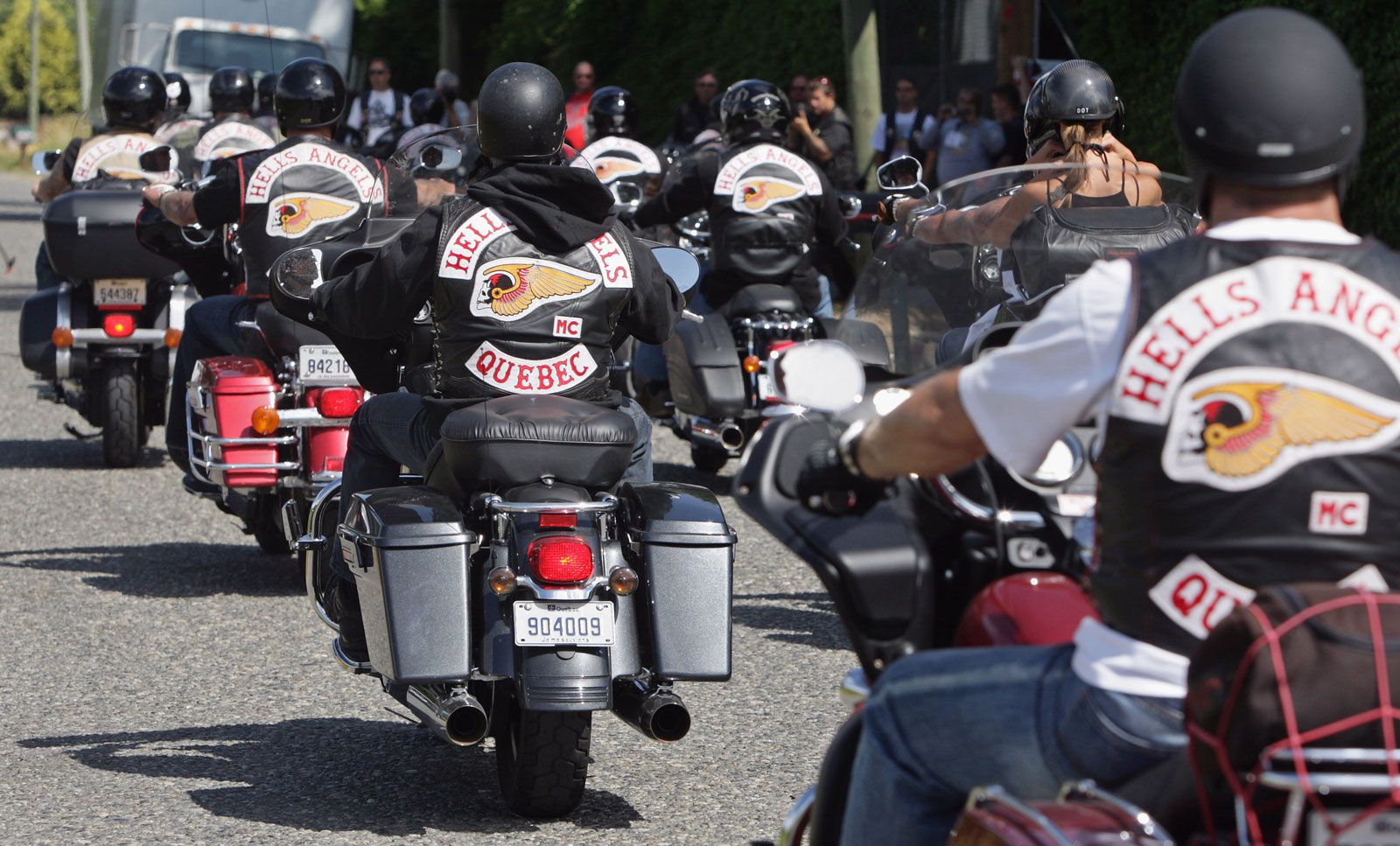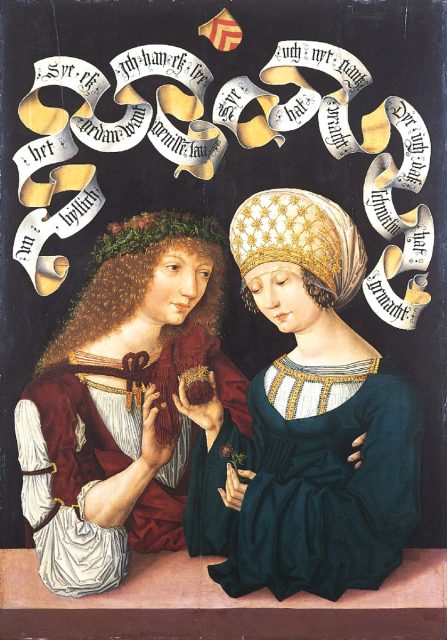The Hells Angels: An Examination Of Their Influence And Power

Table of Contents
A History of the Hells Angels: From Post-War Roots to Global Presence
The Hells Angels' history is a crucial element in understanding their current power. Their origins trace back to 1948 in California, emerging from the post-World War II era. Initially, they presented themselves as a motorcycle club, embodying the rebellious spirit of the time. However, their evolution from a group of motorcycle enthusiasts to a sophisticated criminal enterprise is a complex and significant transformation.
- Early Years: The early years were marked by motorcycle rallies, a counter-culture image, and a growing sense of camaraderie amongst members. This initial phase laid the groundwork for the club's future expansion.
- Rise to Infamy: Over time, the Hells Angels increasingly engaged in criminal activities, solidifying their reputation as an outlaw motorcycle gang. This shift solidified their status within the criminal underworld.
- Global Expansion: The club's expansion across the United States and into international territories established a global network. This expansion allowed for broader criminal operations and increased their influence.
- Internal Conflicts: Throughout their history, internal conflicts and power struggles have shaped their evolution, sometimes resulting in violence and fragmentation. These internal battles, however, have rarely diminished their overall power.
The Internal Structure and Hierarchy of the Hells Angels
The Hells Angels' organizational structure is a key factor contributing to their enduring power. Their hierarchical structure, with its intricate network of chapters and mother chapters, facilitates efficient criminal operations and maintains control. This complex structure allows for both localized operations and coordinated nationwide or even global activities.
- Hierarchical Organization: The club operates under a strict hierarchy, with clear roles and responsibilities defined for each member, from the rank-and-file members to the top leadership.
- Strict Rules and Codes: Members are bound by a strict code of conduct and internal rules, ensuring loyalty and obedience. These internal rules enhance their cohesion and secrecy.
- Secrecy and Anonymity: The use of nicknames and pseudonyms adds to the club's secrecy, making investigations and prosecutions more difficult. This level of secrecy protects both individual members and the organization as a whole.
- Loyalty and Brotherhood: Emphasis on loyalty and brotherhood creates a strong sense of unity, fostering cohesion and minimizing the risk of betrayal. This deep-rooted loyalty is crucial to their continued success.
Criminal Activities and the Hells Angels' Economic Power
The Hells Angels' economic power is directly linked to their involvement in a wide range of criminal activities. Their operations extend beyond traditional biker stereotypes, showcasing a sophisticated level of criminal organization. Their financial reach significantly enhances their influence.
- Drug Trafficking: Drug trafficking is a significant source of revenue, involving the distribution of various illicit substances. This activity fuels their wealth and power.
- Money Laundering: Sophisticated money laundering schemes help them conceal profits from their illegal activities, making it challenging for law enforcement to track their finances.
- Extortion and Violence: The use of violence and intimidation is crucial to their control of territory and elimination of rivals. This violence is a tool for both enforcement and expansion.
- Racketeering and Legitimate Businesses: The Hells Angels often exploit legitimate businesses to launder money and generate additional income, blurring the lines between legitimate and criminal enterprises.
- Global Network: Their extensive global network facilitates their criminal operations, enabling them to expand their reach and influence across borders.
Law Enforcement Strategies and the Fight Against the Hells Angels
Combating the Hells Angels presents significant challenges for law enforcement agencies worldwide. Their sophisticated structure and global reach require coordinated, international efforts.
- Infiltration Challenges: Infiltrating the organization and gathering evidence is incredibly difficult due to their strict security measures and strong sense of loyalty.
- Undercover Operations and Surveillance: Law enforcement agencies rely on undercover operations and extensive surveillance to gather intelligence and build cases. This requires long-term commitment and significant resources.
- International Cooperation: Effective prosecution requires international cooperation due to the Hells Angels' global presence. This collaboration is critical in dismantling their operations.
- Racketeering Charges: Prosecutions frequently focus on racketeering charges, which address the organized nature of their criminal enterprises.
- Asset Seizure: Seizing assets and disrupting their financial networks is a crucial strategy in weakening the organization’s power. Targeting their finances is essential in undermining their operations.
Conclusion
The Hells Angels Motorcycle Club represents a potent force in organized crime, leveraging a complex structure and global reach to engage in a wide range of illegal activities. Their history, internal organization, and criminal enterprises demonstrate a remarkable capacity for adaptation and resilience. Understanding their influence and power requires acknowledging the multifaceted challenges involved in combating their activities. The fight against the Hells Angels and similar outlaw motorcycle gangs is an ongoing battle demanding continuous adaptation and international cooperation.
To learn more about the ongoing fight against organized crime and the complex dynamics of the Hells Angels, further research into law enforcement strategies and anti-gang initiatives is essential. Continue exploring resources dedicated to understanding the Hells Angels and their lasting impact on society. Learning more about the Hells Angels and their activities is a crucial step in combating their influence.

Featured Posts
-
 Elon Musks Dogecoin Holdings An Update
May 25, 2025
Elon Musks Dogecoin Holdings An Update
May 25, 2025 -
 Avoid Memorial Day Travel Rush Best And Worst Flight Days In 2025
May 25, 2025
Avoid Memorial Day Travel Rush Best And Worst Flight Days In 2025
May 25, 2025 -
 Growth Areas Revealed Mapping The Countrys Business Hot Spots
May 25, 2025
Growth Areas Revealed Mapping The Countrys Business Hot Spots
May 25, 2025 -
 Uusi Ferrari Kuljettaja Vain 13 Vuotias Taessae On Nimi
May 25, 2025
Uusi Ferrari Kuljettaja Vain 13 Vuotias Taessae On Nimi
May 25, 2025 -
 Giant Rubber Duck Arrives In Myrtle Beach Promoting Water Safety
May 25, 2025
Giant Rubber Duck Arrives In Myrtle Beach Promoting Water Safety
May 25, 2025
